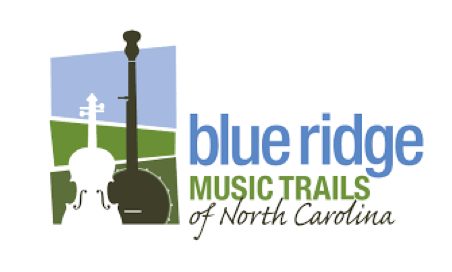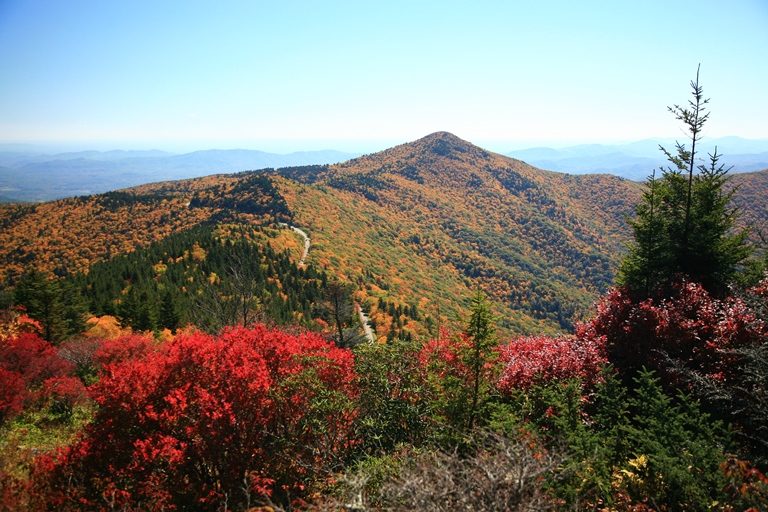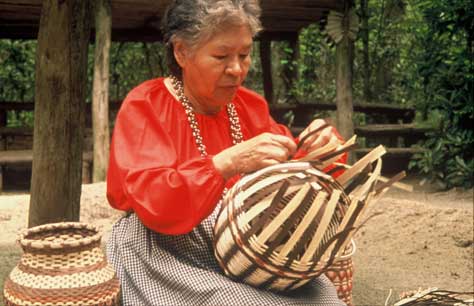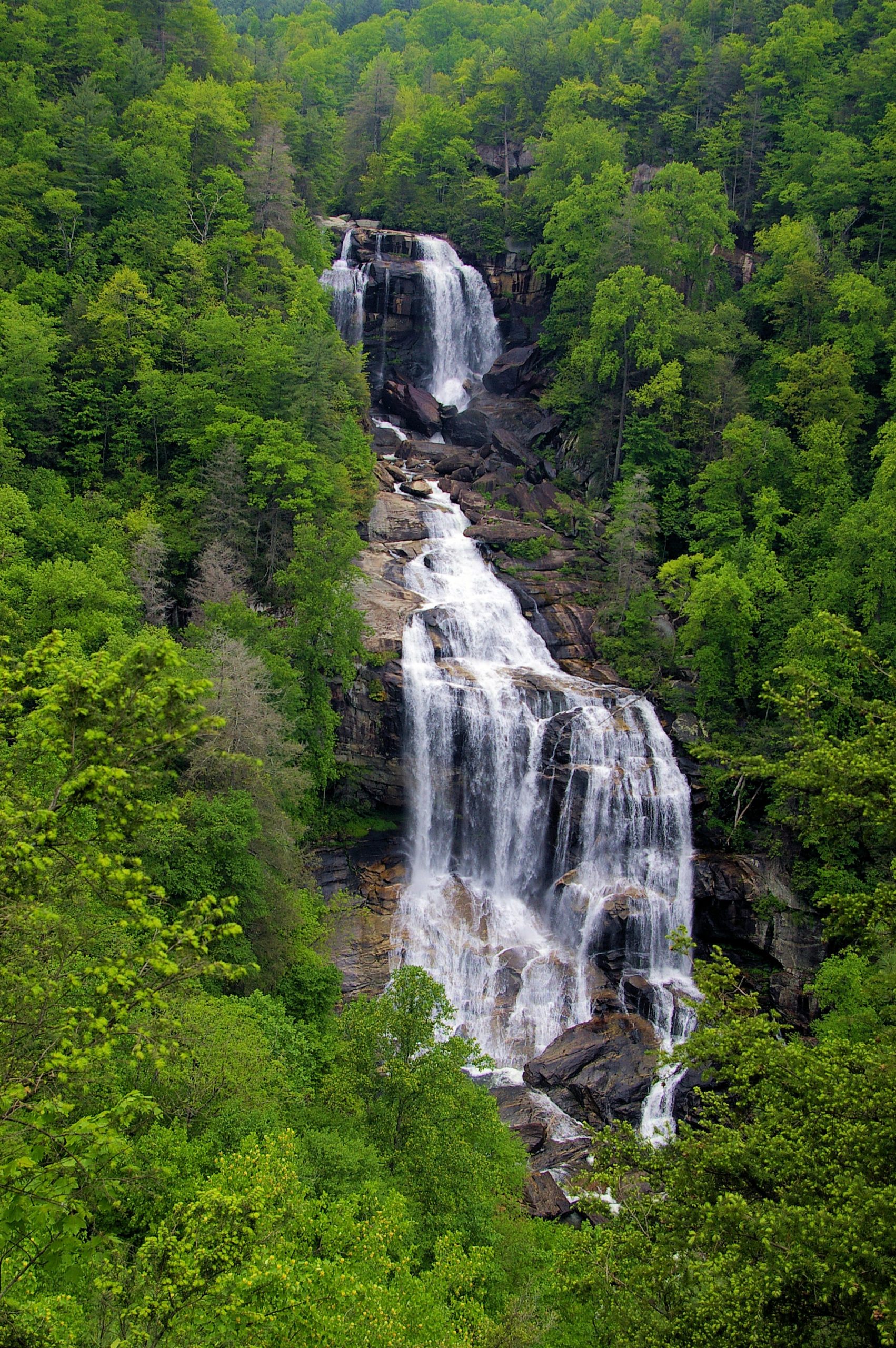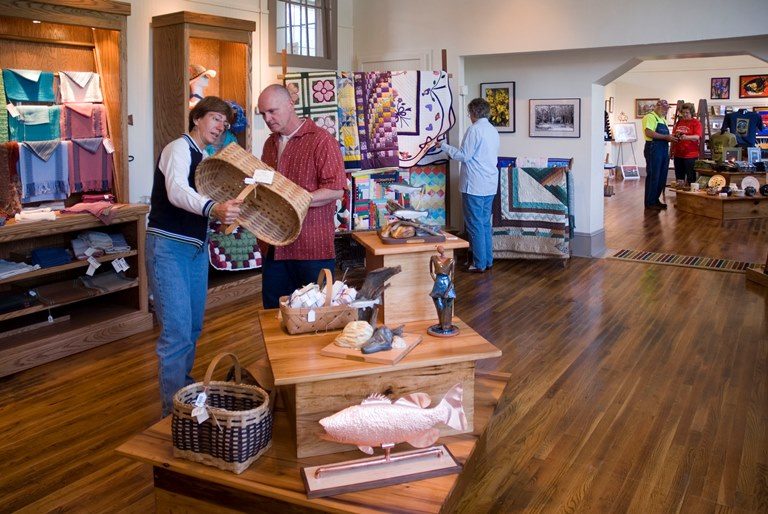About the Region
The Blue Ridge Music Trails are nestled within the North Carolina mountains and foothills, a region known for its spectacular beauty, moderate climate, Cherokee heritage, handmade crafts, small family farms, and, of course, its rich musical traditions. The geographic footprint of the Blue Ridge Music Trails consists of twenty-nine counties in the western third of the state.
The Blue Ridge National Heritage Area
In 2003, twenty-five counties of the region were honored with a National Heritage Area designation by Congress and the President. The region was deemed a National Heritage Area, one of 48 in the United States, in recognition of its unique character, culture, and natural beauty, and its contributions to the history of the United States. The region is known as the Blue Ridge National Heritage Area and efforts to preserve and showcase the region’s heritage are stewarded by a 501(c)3 nonprofit, the Blue Ridge National Heritage Area Partnership.
Many organizations were involved in the designation, including the North Carolina Arts Council and AdvantageWest (a regional economic development organization).
Natural Wonders
The Blue Ridge Mountains of North Carolina are among the oldest mountains on earth. The landscape boasts:
- the highest mountain in the eastern United States (Mount Mitchell)
- the deepest gorge in the eastern United States (Linville Gorge)
- the highest waterfall in the eastern United States (Whitewater Falls)
- the oldest river in North America (the New River)
- the two most visited National Park lands in the country (the Blue Ridge Parkway and the Great Smoky Mountains National Park)
The region is also blessed with a stunning diversity of plant and animal life—more species, in fact, than in all of Europe.
Cultural Heritage
These ancient mountains have shaped, over many centuries, a rich mosaic of cultural heritage. The region is the birthplace of the Cherokee’s advanced early civilization; today, it is home to the Eastern Band of Cherokee Indians which continues to preserve many facets of traditional Cherokee culture.
Searching for gold, Spanish explorers first came to the North Carolina mountains in the sixteenth century (Hernando De Soto’s expedition passed through in 1540). In 1567, Spanish explorer Juan Pardo established Fort San Juan at the Catawba village of Joara, near present-day Morganton. Though it lasted only eighteen months, the fort is believed to be the first settlement of Europeans in the interior of what is now the United States.
Beginning in the eighteenth century, European and African settlers moved into the mountains. The relative isolation of mountain life helped these settlers develop, refine, and preserve many traditions, most notably handmade crafts, local agricultural practices, and traditional music.
Today, these distinctive cultural legacies are celebrated as living traditions, providing employment to master artists and tradition bearers and drawing tourists from across the globe to experience the region’s craft galleries, music halls, festivals, museums, farms, and local cuisine.
